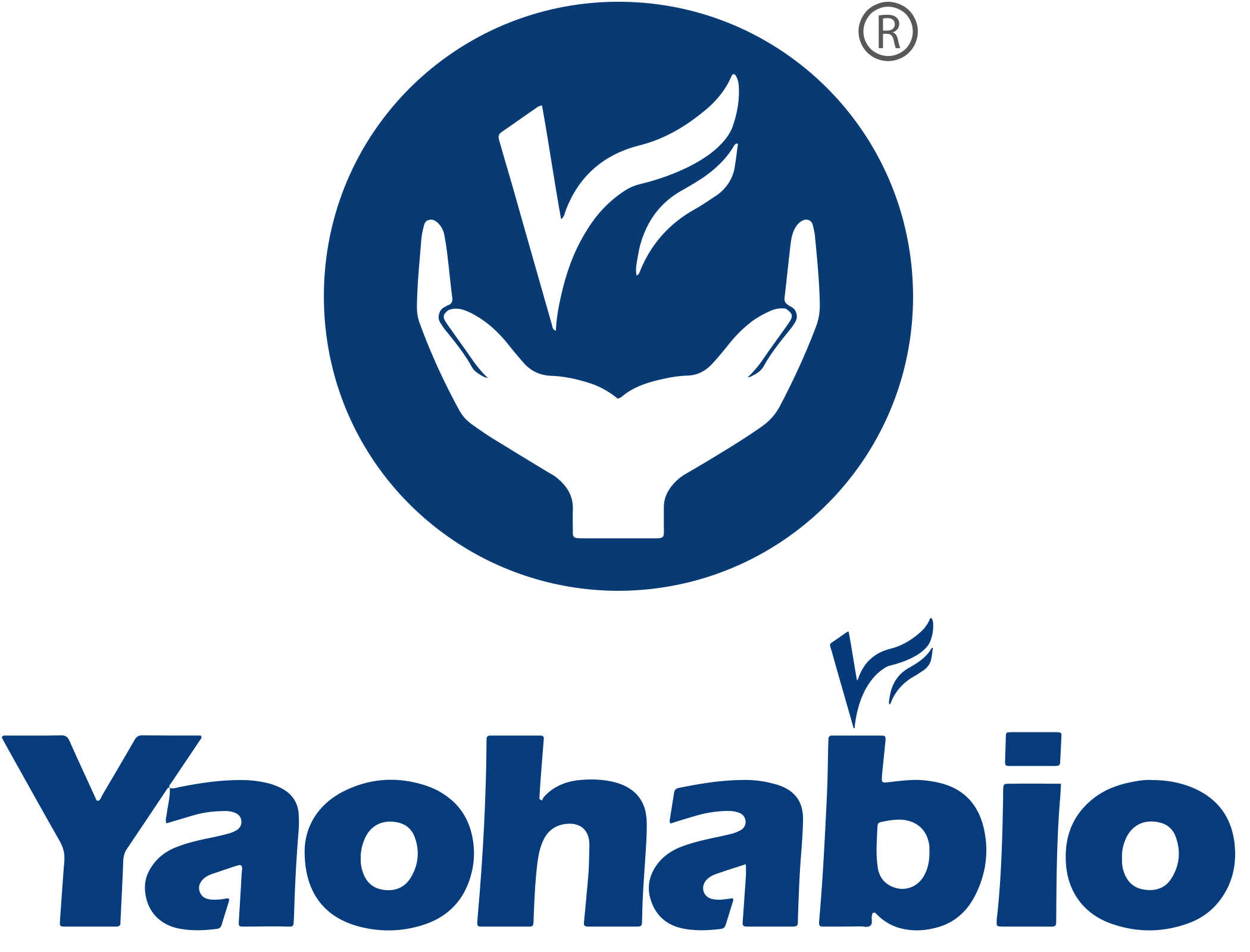Hirudin, derived from Hirudo medicinalis, is a polypeptide consisting of 64-66 amino acids with a molecular weight of ~7 kDa. Hirudin is a potent natural thrombin inhibitor, but its development and application have been limited by the scarcity of natural hirudin.
Advances in biotechnology have made it possible to produce recombinant hirudin from bacteria and yeast. The recombinant hirudin has a similar chemical structure and pharmacological activity to natural hirudin.
Some recombinant hirudin derivatives, such as lepirudin and desirudin, have been used as therapeutics for the treatment of thrombotic disorders. In addition, due to the high demand for hirudin, some newer derivatives such as recombinant hirudin RGD, bromophenylalanine-modified hirudin, neorudin and Annexin V-hirudin 3-ABD are also being studied in clinical trials.
Hirudin for Therapeutic Use
Lepirudin
Lepirudin (Refludan) is a genetically recombinant hirudin with 65 amino acids. Lepirudin is expressed in yeast cells. Apart from the two amino acid residues [the substitution of leucine (Leu) by isoleucine (Ile) at the N-terminal end of the peptide, and the deletion of a sulfate group at position 63 of tyrosine (Tyr)], lepirudin is similar to natural hirudin.
Lepirudin is developed by Sanofi and approved for anticoagulation.
Desirudin
Desyldin (Iprivasc) is a recombinant single polypeptide chain composing of 65 amino acid residues and forming three disulfide bonds. The absence of a sulfate group at Tyr-63 in Desyldin makes it differs from natural hirudin. The structure of Desyldine resembles that of lepyldine, with the only distinction being the first two amino acids at the amino terminal. Lepyldine consists Lue1-Thr2 at this site, whereas desyldine is made up of Val1-Val2.
Desyldin is expressed in yeast (Saccharomyces cerevisiae) using recombinant DNA technology.
Recombinant RGD-hirudin
Recombinant RGD-hirudin is a fusion protein of Arg-Gly-Asp tripeptide (RGD) and hirudin variant (2-Lys47). It is a novel bi-functional hirudin molecule, and can be expressed at high levels in Pichia pastoris.
Boronophenylalanine-modified Hirudin
A novel hirudin derivative, boronophenylalanine-modified hirudin, is produced by position 63 site modification using the boronophenylalanine boronic-amino acid codon extension method. After such modification, the antithrombin activity of recombinant hirudin is significantly increased.
Neorudin
As a new anticoagulant fusion protein, Neorudin was developed as a prodrug, which would release variant of hirudin 2-Lys47 (HV2) targeting coagulation sites.
Annexin V-hirudin 3-ABD (hAvHA)
Another fusion protein, annexin V-hirudin 3-ABD (hAvHA) can bind with serum albumin during circulation, which improve the half-life and target delivery of hirudin.
Yaohai Bio-Pharma Offers One-Stop CDMO Solution for Recombinant Hirudin
Approved Recombinant Hirudin
|
Generic name
|
Brand Name/Altermative Name
|
Expression System
|
Indications
|
Manufacturer
|
Latest stage
|
|
Desirudin, Recombinant
|
CGP 39393, 63-Desulfohirudin, Hirudo Medicinalis Isoform HV1, Iprivask, r-Hirudin, Revasc
|
Yeast (Saccharomyces cerevisiae)
|
Deep Vein Thrombosis
|
Canyon Pharmaceuticals AG
|
Approval
|
|
Lepirudin Recombinant
|
HBW 023, HEW 023, Hirudin variant-1, Refludan
|
Yeast (Saccharomyces cerevisiae)
|
Heparin-associated thrombocytopenia; thromboembolic complications (TECs)
|
Celgene (Bristol-Myers Squibb), Sanofi SA, Bayer
|
Approval, Withdrawn (E.U.)
|
|
Hirudin biosimilar
|
Thrombex
|
Pending Update
|
Deep Vein Thrombosis
|
Rhein-Minapharm
|
Approval
|
|
Recombinant Neorudin
|
EPR-hirudin
|
Yeast
|
Deep Vein Thrombosis
|
Beijing SH Bio-Tech
|
Phase I
|

 EN
EN
 AR
AR
 HR
HR
 CS
CS
 DA
DA
 NL
NL
 FI
FI
 FR
FR
 DE
DE
 EL
EL
 IT
IT
 JA
JA
 KO
KO
 NO
NO
 PL
PL
 PT
PT
 RO
RO
 RU
RU
 ES
ES
 SV
SV
 IW
IW
 ID
ID
 LV
LV
 LT
LT
 SR
SR
 SK
SK
 SL
SL
 UK
UK
 VI
VI
 ET
ET
 HU
HU
 TH
TH
 TR
TR
 FA
FA
 AF
AF
 MS
MS
 BE
BE
 MK
MK
 UR
UR
 BN
BN

